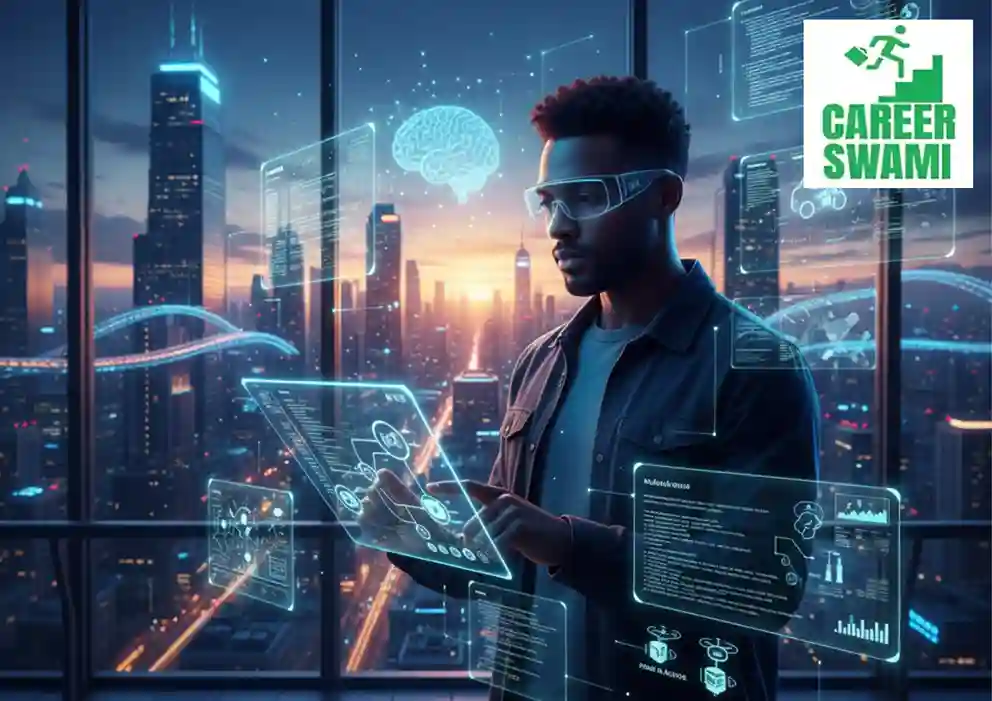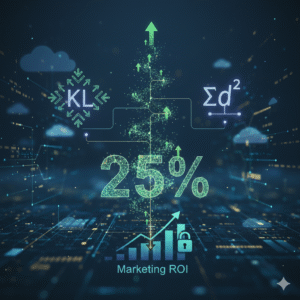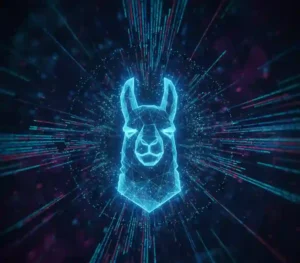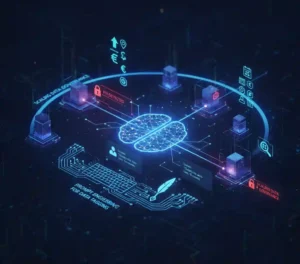AI Engineer Roadmap
Imagine waking up every day to tackle problems that shape the future, designing systems that diagnose diseases faster or optimize traffic in bustling cities. That’s the reality for many in AI engineering, a field exploding with possibilities. If you’re eyeing this path, you’re in the right spot. Blending practical steps with real-world insights to help you navigate the roadmap to becoming an AI engineer. Whether you’re a beginner or switching careers, we’ll cover everything from foundational skills to landing your first role.
In 2025, AI isn’t just hype; it’s embedded in everyday operations across industries. With companies racing to integrate machine learning and automation, the AI engineering career path offers stability and excitement. Let’s dive into how you can claim your place in it.
Table of Contents
Why AI Engineering is a Smart Move in 2025
Picture this: You’re at a crossroads, deciding your next career step. AI engineering stands out because demand is skyrocketing. Reports show AI-related jobs growing by 30% annually, with roles like AI engineers leading the charge in healthcare, finance, and tech. Worldwide, employers are scrambling for talent. Over 80% of companies plan to invest in AI this year, creating a talent gap you can fill.
Beyond numbers, it’s about impact. AI engineers build tools that solve real problems, like predictive models for climate change or chatbots that enhance customer service. Trends point to a surge in generative AI, with skills in large language models (LLMs) and agents becoming must-haves. If innovation drives you, this is where you’ll thrive without the burnout of less dynamic fields.
Prerequisites: Laying the Foundation for Your AI Journey
Starting? Don’t worry if your background isn’t tech-heavy. The AI engineer prerequisites are approachable. Begin with basics like high school-level math, think algebra and statistics to grasp concepts like probability in machine learning.
A degree in computer science or engineering helps, but it’s not mandatory. Many succeed through self-study or bootcamps. Key starting points include familiarity with programming and data basics. If you’re wondering, “Can anyone become an AI engineer without a tech background?” Yes, with dedication. Start by learning Python, the go-to language for AI due to its simplicity and libraries.
Case in point: A former marketer I know pivoted by mastering Python basics online, then built simple projects. Within a year, they landed an entry-level role. Focus on building confidence here; it’s the launchpad for your AI development guide.
Essential Skills for AI Engineers: Your Core Toolkit
What skills are required to become an AI engineer? It’s a mix of technical prowess and problem-solving. At the heart is programming: Master Python, then explore Java or R for versatility. Dive into linear algebra for handling data matrices, and calculus for optimization algorithms.
Machine learning tops the AI engineer skills list. Understand supervised vs. unsupervised learning, then advance to deep learning for neural networks. Don’t skip data handling: Skills in cleaning datasets and using SQL are crucial, as 80% of AI work involves data prep.
Soft skills matter too. Communication helps explain models to non-tech teams, while ethical thinking addresses biases in AI. In 2025, MLOps for AI engineers managing machine learning operations like deployment and monitoring is non-negotiable for scaling projects.
Trend alert: Expertise in prompt engineering and AI safety is rising, with roles demanding knowledge of bias mitigation and privacy. Build these through hands-on practice; they’re what separate good from great AI specialists.
The Step-by-Step AI Engineer Learning Path
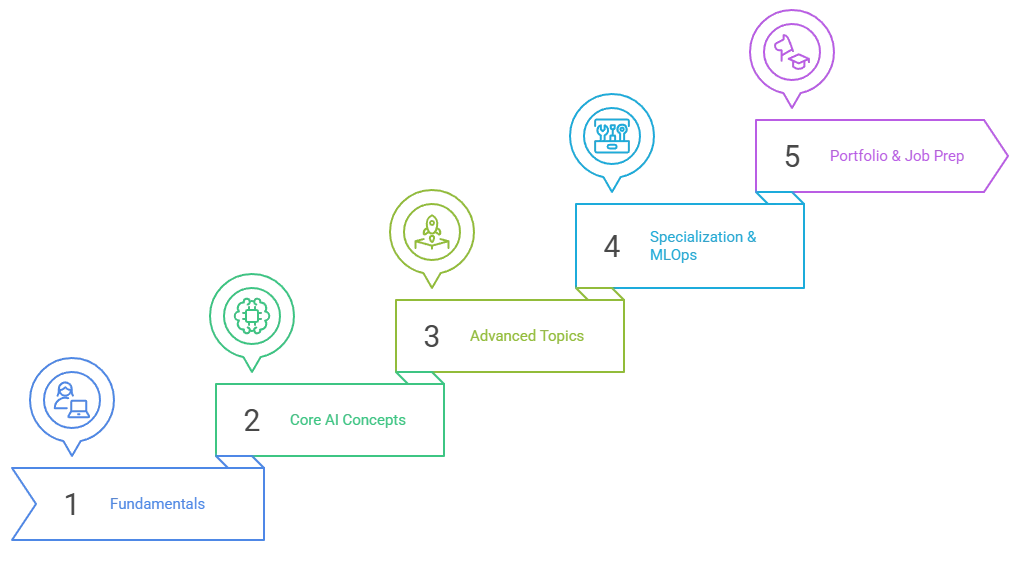
Here’s the meat: A clear AI engineer learning path inspired by comprehensive roadmaps. Break it into phases for manageability.
Phase 1: Fundamentals
Start with Python and math basics for AI engineers. Learn variables, loops, and libraries like NumPy. Tackle statistics mean, variance, and distributions to understand data patterns.
Resources: Free tutorials on Codecademy or Khan Academy. Goal: Code a simple data analyzer.
Phase 2: Core AI Concepts
Explore the machine learning engineer roadmap elements. Study algorithms like regression and clustering. Use scikit-learn for implementation.
Introduce deep learning career roadmap: Build neural networks with Keras. Example: Create a model to classify images of handwritten digits.
Phase 3: Advanced Topics
Master embeddings, vector databases, and RAG (Retrieval-Augmented Generation). Learn to use pre-trained models from OpenAI or Hugging Face.
Dive into AI agents’ autonomous systems that act on goals.
Project idea: Build a chatbot that retrieves info from a database.
Phase 4: Specialization and MLOps
Focus on tools like TensorFlow, PyTorch, and OpenCV for computer vision. Learn MLOps: Docker for containerization, Kubernetes for orchestration.
Case study: Netflix uses similar setups to personalize recommendations, handling massive data flows.
Phase 5: Portfolio and Job Prep
How long does it take to become an AI engineer in 2025? Typically 6-12 months with consistent effort. Wrap up by preparing for interviews, common questions cover algorithms and ethics.
This path aligns with becoming an AI specialist, adapting to 2025’s emphasis on ethical AI and scalability.
Tools and Frameworks: Gear Up for Success
Tools and frameworks used by AI engineers make the magic happen. PyTorch and TensorFlow dominate for building models, PyTorch for its flexibility in research, and TensorFlow for production.
For data: Pandas for manipulation, Matplotlib for visualization. Vector databases like Pinecone handle embeddings efficiently.
Open-source shines: Hugging Face for models, Ollama for local inference.
Tip: Start with cloud platforms like AWS SageMaker for scalable training without hefty hardware.
Real-world scenario: An engineer at a startup used PyTorch to deploy a fraud detection system, cutting losses by 40%.
Building a Standout Portfolio: Real-World AI Project Ideas
How can beginners build AI projects for their portfolios? Start small, scale up. Idea 1: Sentiment analyzer using NLP trained on Twitter data to gauge public opinion.
Idea 2: Image recognition app with OpenCV to detect objects in photos.
Advanced: RAG-based Q&A system pulling from PDFs.
Join hackathons or GitHub repos to collaborate. A strong portfolio showcases your skills for AI engineer roles, proving you can apply knowledge.
FAQs
What does an AI engineer do?
They design, build, and deploy AI systems, from models to production pipelines.
Is AI engineering a good career with high demand in 2025?
Absolutely—jobs grow 25% faster than average.
How to start a career as an AI engineer?
Begin with prerequisites, build projects, and network.
Can anyone become an AI engineer without a tech background?
Yes, with focused learning.
Should I learn deep learning before applying for AI engineer roles?
It’s helpful but start with basics.
Wrapping Up: Your Next Step in the AI World
You’ve got the full AI engineer roadmap now, act on it. Start with one phase, build momentum, and watch doors open. Remember, persistence pays off in this dynamic field. What’s your first move? Share in the comments or join a community to connect. The future is AI. Make it yours.

